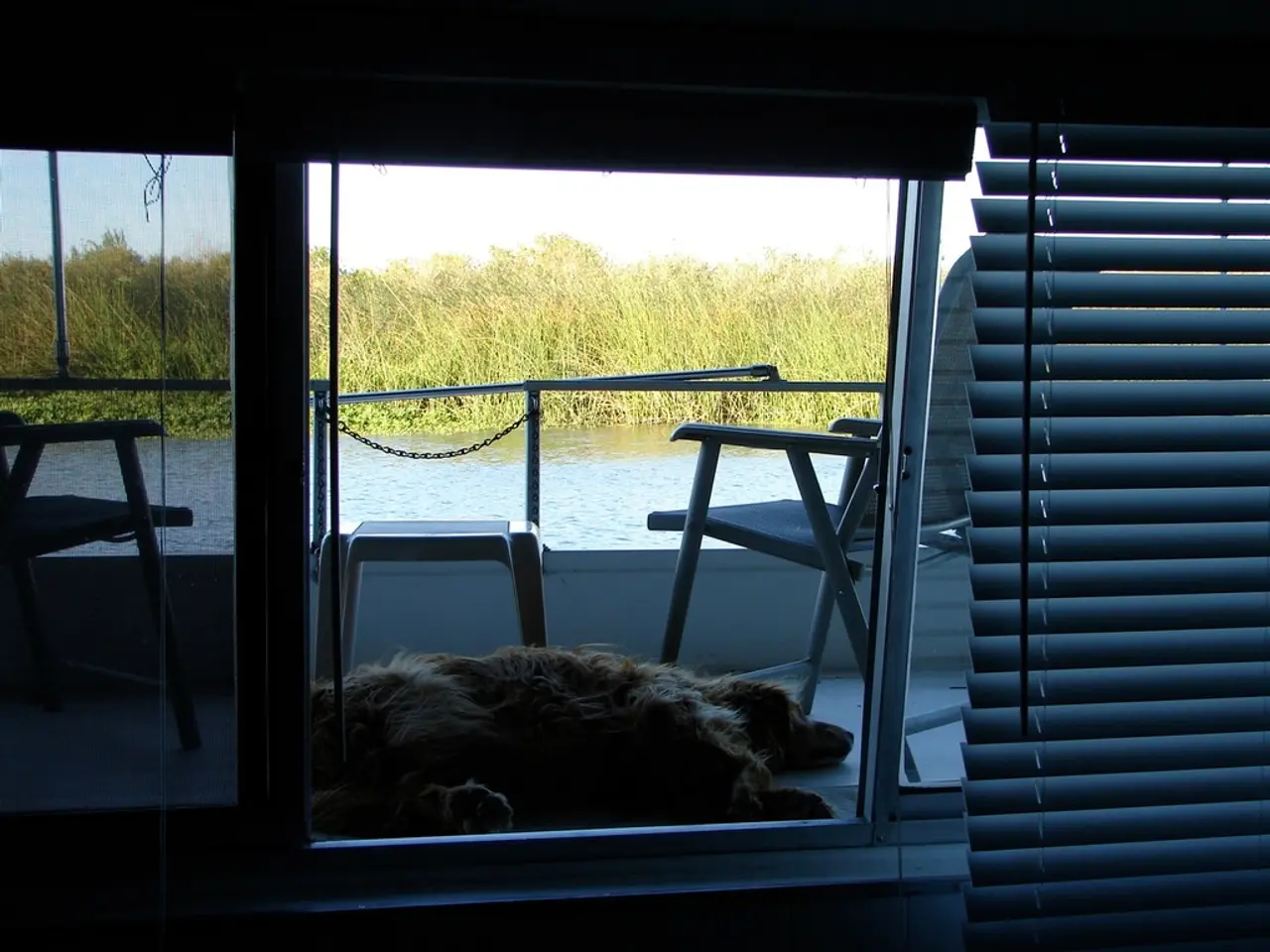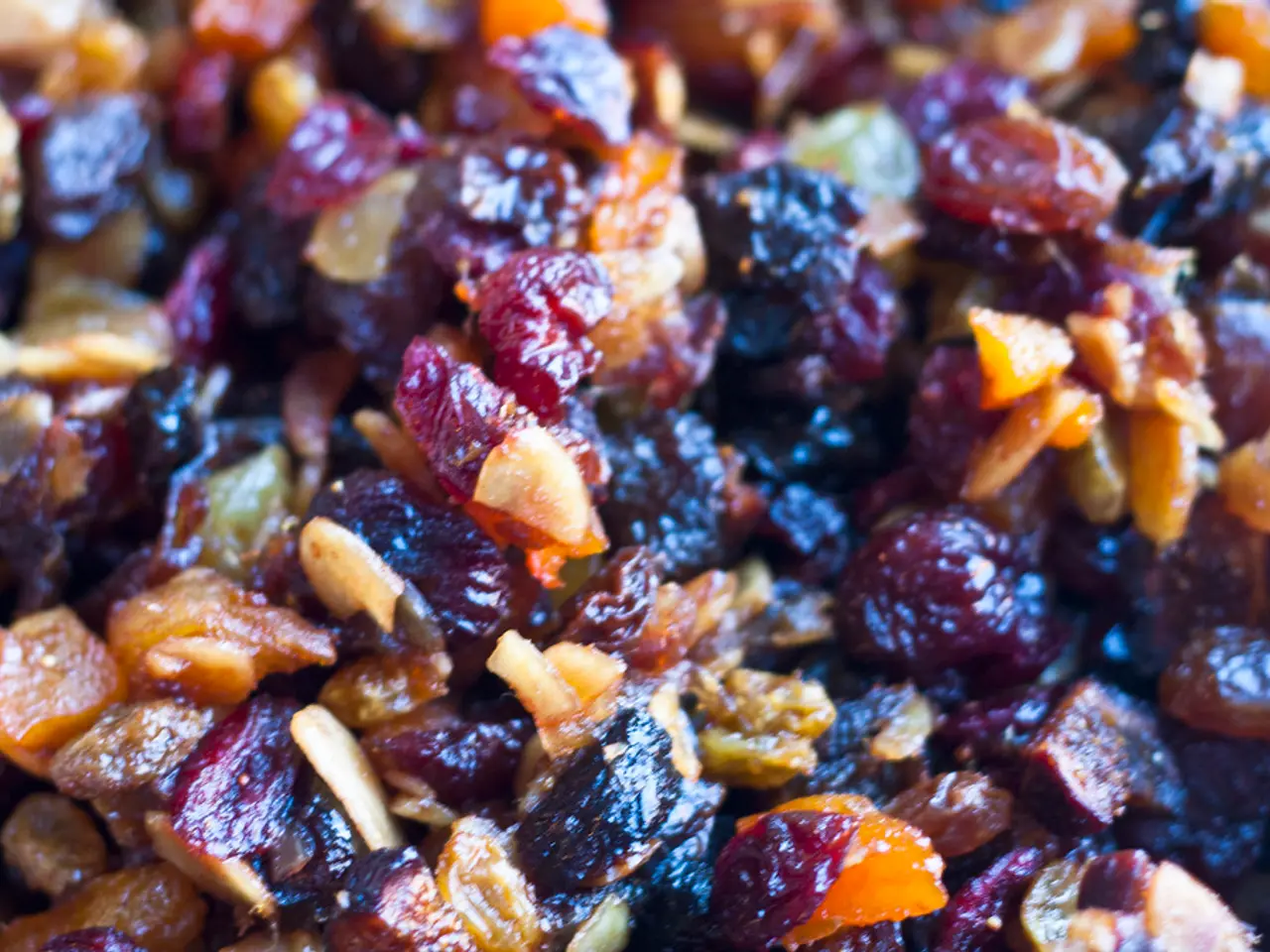Safe Practices for Canines in the Summer Heat
As the sun begins to shine brighter and the temperatures rise, it's essential to be mindful of the unique challenges that summer presents for our furry friends. Here are some crucial tips to ensure your dog stays safe and healthy during the warmer months.
Firstly, it's important to protect your dog from parasites all year round, but especially during the summer. Parasites like fleas, ticks, and mosquitoes thrive in warm weather, increasing the risk of infestations. To minimise this risk, keep your dog on year-round parasite prevention, check them thoroughly after outdoor activities, and avoid walks during peak mosquito activity.
Summer is also prime time for hazards such as foxtails, bee or wasp stings, heat-retaining surfaces, toxic plants, and stagnant water containing blue-green algae or bacteria. Foxtails, those pesky barbed grass seeds, can embed in a dog’s skin, ears, nose, eyes, or paws, causing painful infections. To avoid this, thoroughly check your dog after outdoor play in dry, grassy areas.
Puppies require extra care due to their sensitive paw pads and quick dehydration. Supervised, short bursts of playtime in shaded areas are the safest choice. Remember, dogs can get sunburned, especially short-haired, light-coloured breeds and brachycephalic breeds (such as bulldogs, pugs, Boston terriers, and shih tzus). These dogs should never be exercised during the hottest part of the day and should always have access to air-conditioned spaces.
Heat exhaustion or heatstroke can be life-threatening for dogs. Signs include excessive panting, drooling, rapid breathing, bright red gums, weakness, lethargy, vomiting, diarrhea, staggering, collapse, and seizures. If you suspect your dog is overheating, move them to a shaded or air-conditioned area, offer cool (not cold) water, and dampen their body with cool water.
Humidity increases the danger for dogs, as it interferes with their ability to cool themselves through panting. Dr. Cassibry's #1 piece of advice is to be proactive, not reactive, in protecting dogs during the summer. This includes walking early or late in the day, carrying water, avoiding hot surfaces, never leaving dogs in parked cars, and keeping parasite preventatives up to date.
Hydration is crucial for dogs during hot weather. Always offer fresh, cool water throughout the day, use multiple water bowls, and bring water on walks. Some dogs may be reluctant to drink more during hot weather; try adding water to their food or offering ice cubes as a treat.
To protect dogs from sunburn, limit sun exposure, provide shade, and consider using pet-safe sunscreen. When temperatures exceed 85°F, outdoor activity should be limited to short potty breaks, and once it hits 90°F or higher, it's safest to keep exercise indoors entirely.
By taking these precautions, you can help ensure your dog stays safe and healthy during the summer months. Remember, prevention is better than cure, so be proactive in protecting your furry companion from the common summer hazards.
Science plays a crucial role in developing effective parasite prevention methods for dogs, ensuring their health-and-wellness during the warmer months. In the field of health-and-wellness, understanding the risks posed by hazards like foxtails, heat-retaining surfaces, toxic plants, and stagnant water is essential for keeping dogs safe during summer.




